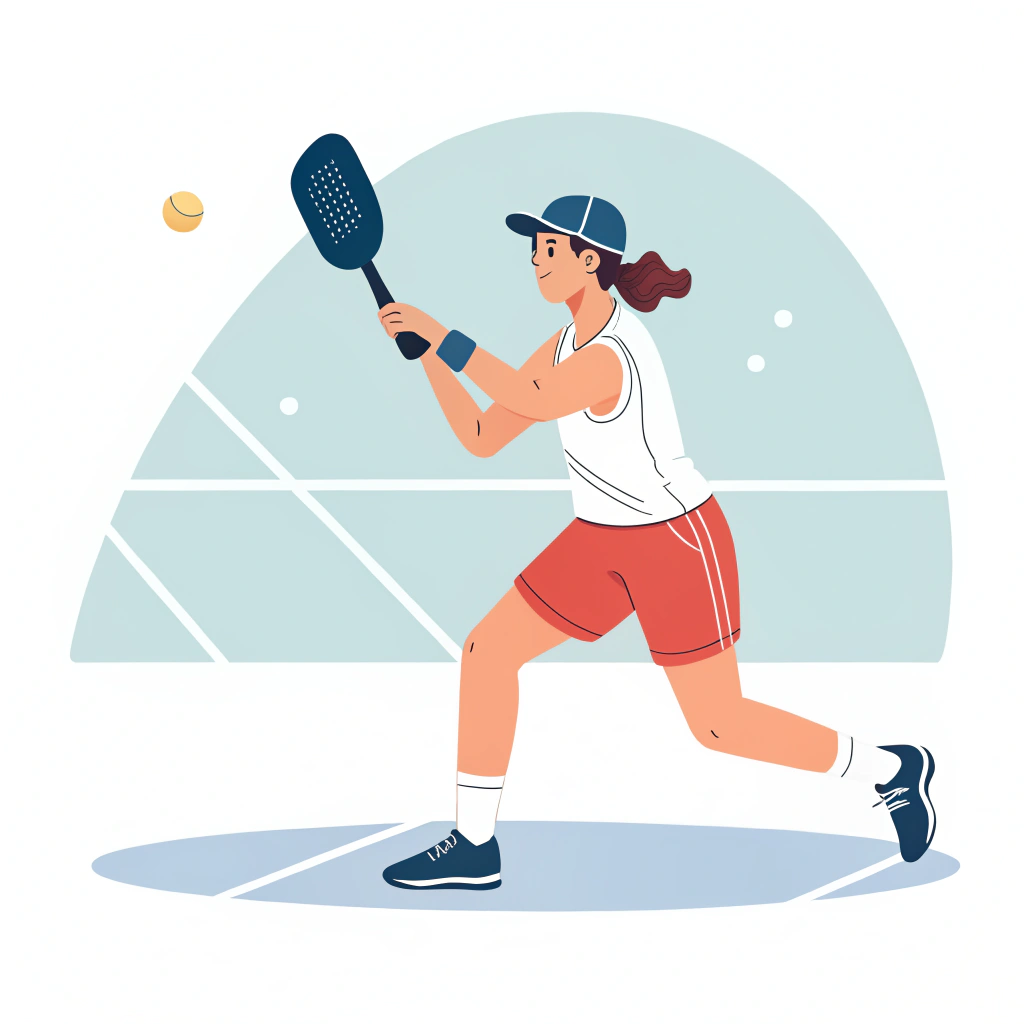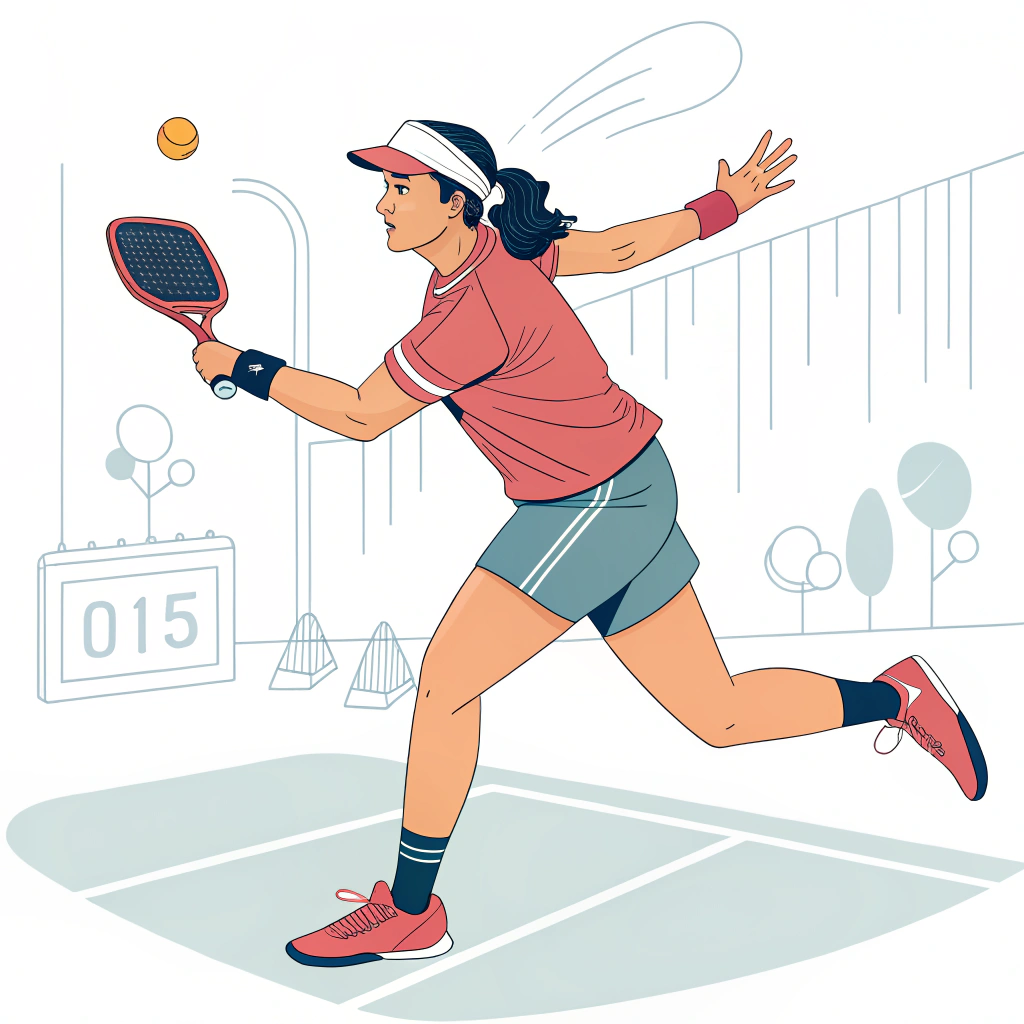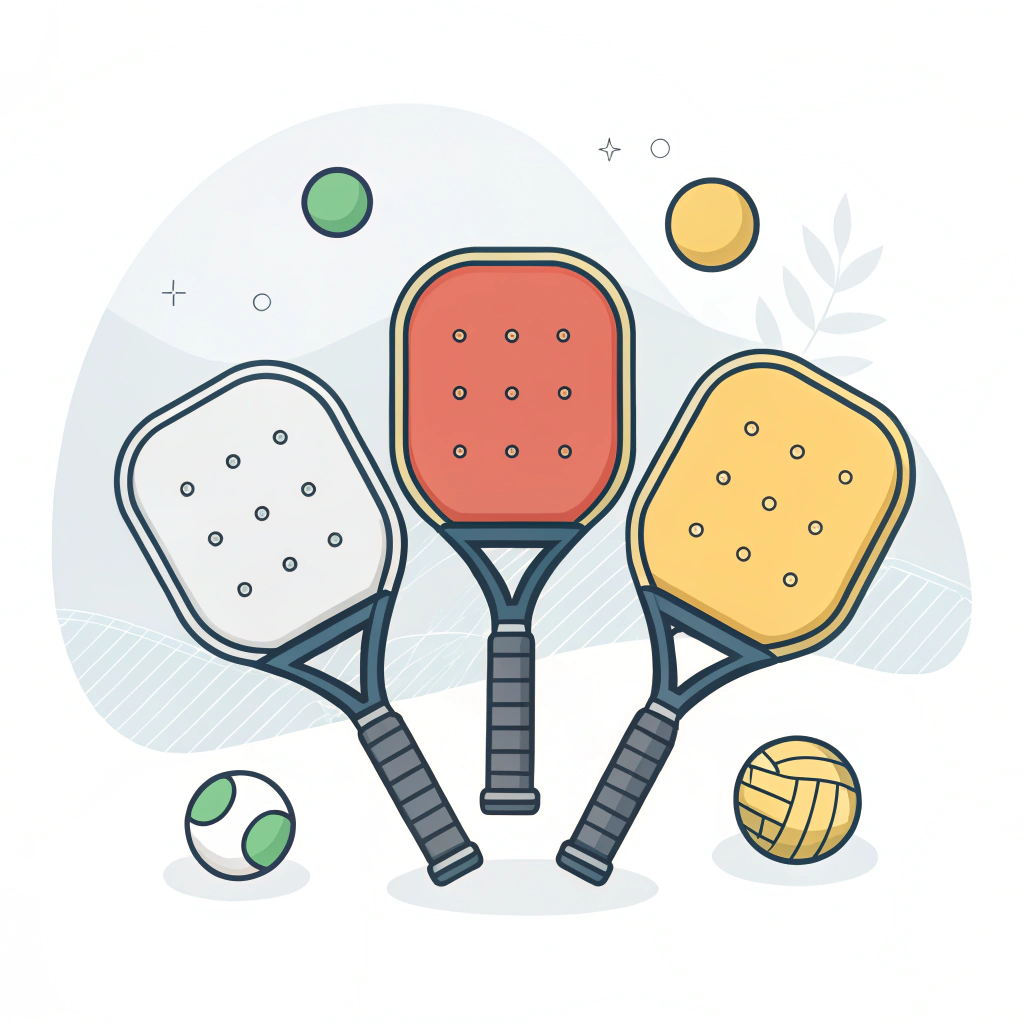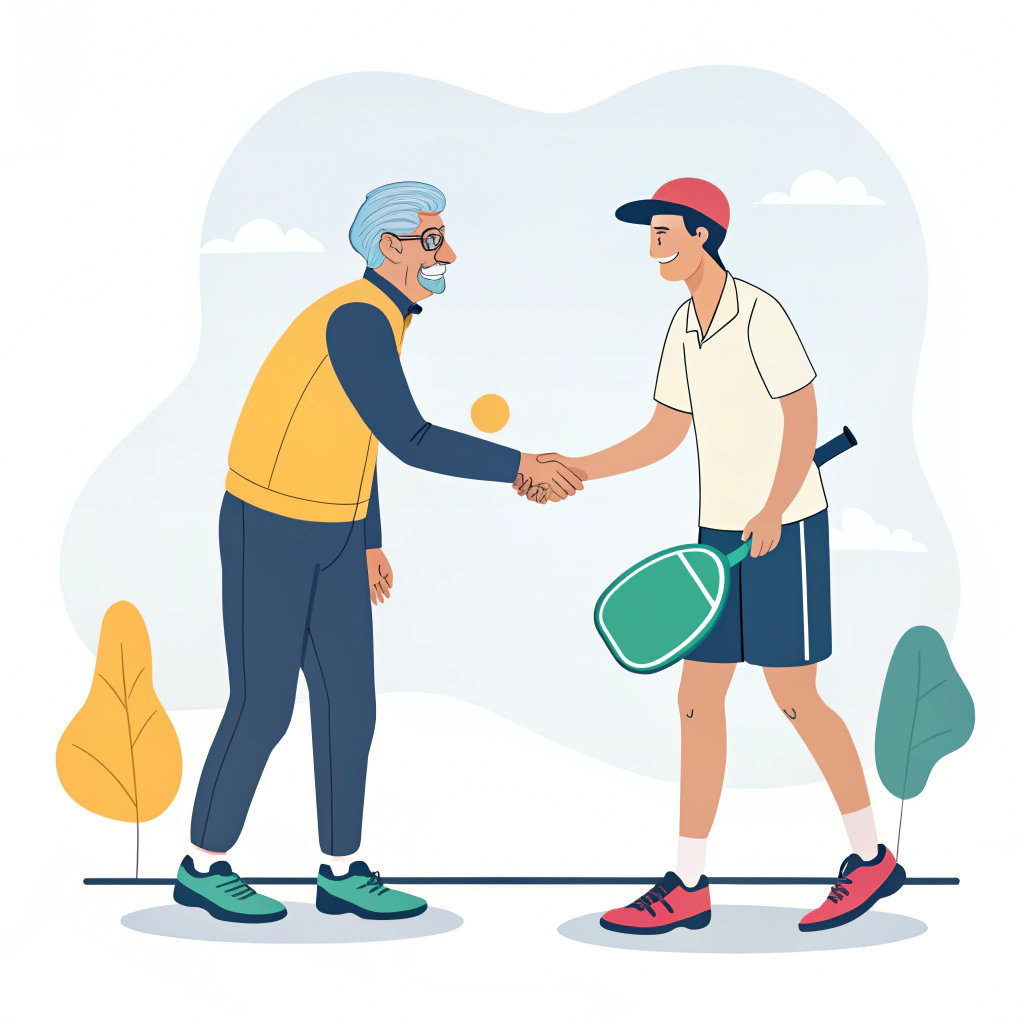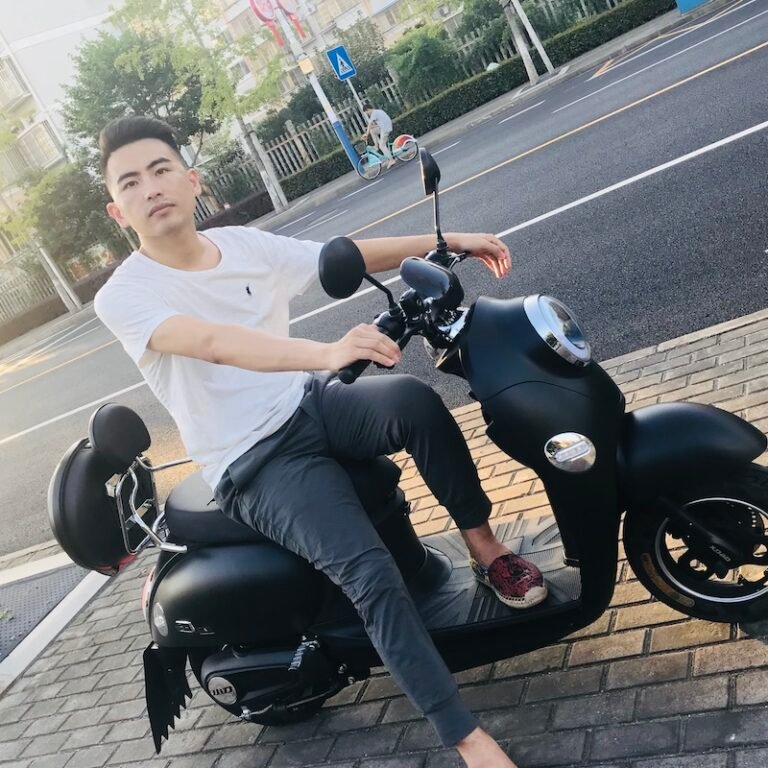Becoming a professional pickleball athlete is challenging but achievable with the right combination of dedicated training, optimal equipment selection, strategic tournament preparation, and strong mental resilience.
The journey from a recreational player to a professional in pickleball requires addressing several key areas. In this article, we dive into the challenges that athletes face, uncover the root causes behind these challenges, and provide a detailed list of solutions—from a comprehensive training regimen1 to choosing the right high-performance paddle from an industry leader like NEX Pickleball2. You will learn actionable tips for physical conditioning, skill development, tournament strategy, and even the steps to secure valuable sponsorships.
Most athletes find that the transition to a professional career in pickleball is not just about natural talent. It also involves prioritizing rigorous daily practice, mental toughness, and continuous learning. The common hurdles include:
• Inconsistent training routines that don’t push performance limits.
• Limited access to top-notch equipment that enhances skill and reduces injury risk.
• Difficulties in understanding and meeting tournament rating requirements.
• A gap in mentorship and guidance on securing sponsorships.
Problem Description:
Even with the rising popularity of pickleball and a growing professional circuit, many aspiring pros struggle to overcome institutional barriers and the competitive nature of high-level play. The physical demands require athletes to continually enhance their strength, agility, and speed, while the technical aspects force them to refine their strategy and shot execution.
Underlying Causes:
- Training Limitations: Many players do not have access to scientifically structured training that matches their potential.
- Equipment Mismatch: Using equipment not suited for competitive play can hinder performance. High-performance paddles made with advanced materials—such as 3K, 12K Carbon Fiber or T300 Carbon Fiber3—are essential for better control and power.
- Tournament Readiness: Achieving a higher player rating (typically around 5.0 or above) requires intensive preparation and consistent performance in tournaments.
- Sponsorship Hurdles: Securing sponsorship is a challenge without proven performance records or visibility in major tournaments.
Developing a transition plan built on proven strategies is crucial. Below are several key areas to focus on:
A training regimen1 is the backbone of turning professional. This involves:
• Physical Conditioning: Engage in rigorous cardiovascular exercises, strength training, and agility drills. Focus on sports-specific conditioning that improves your reaction times and endurance.
• Skill Development: Practice essential pickleball skills such as serving, volleying, and strategic shot placement. Incorporate practice drills that simulate competitive scenarios.
• Mental Toughness: Building resilience through mental conditioning, visualization techniques, and mindfulness practices can help maintain focus under pressure.
• Sports Nutrition: Maintain a balanced diet that supports muscle recovery and energy needs. Hydration and proper pre- and post-game meals play an important role in athlete longevity.
These components are interconnected; for instance, proper physical conditioning supports skill execution during intense match play, while mental toughness safeguards against in-game lapses.
Using the right equipment can significantly impact your performance. NEX Pickleball2, a leading manufacturer based in Jiaxing, Zhejiang, China, offers a range of high-performance paddles suitable for competitive play. Their paddles are manufactured using advanced techniques such as hot pressing, cold pressing, and thermoforming—each with its own advantages.
Here’s a quick comparison of the main production processes used:
| Production Process | Advantages | Disadvantages |
|---|---|---|
| Hot Pressing | High production efficiency; strong impact resistance; excellent durability. | May alter material properties; higher equipment investment. |
| Cold Pressing | Precise control over paddle thickness; maintains material properties; excellent ball feel. | Longer production cycles; requires high-quality machinery for consistent pressure control. |
| Thermoforming | Exact material distribution; ideal for complex designs; stable paddle performance. | Higher production costs; longer production time needed for premium designs. |
Choosing the right paddle involves assessing the balance of power, control, and durability needed for your playing style. For instance, paddles with a Nomex Honeycomb Core4 are known for shock absorption and prolonged durability, making them ideal for high-intensity training and competition.
To qualify for professional tournaments, understanding the player rating system is essential. The common rating scale ranges from 2.5 to 5.5, with a score of 5.0 or higher being typical for professional play. Here are several strategies to bridge the gap:
• Competitive Play: Regularly participate in higher-level tournaments to build experience and raise your rating.
• Game Analysis: Record your matches and analyze them to identify strengths and areas for improvement.
• Peer Comparison: Engage with other competitive players and coaches to compare performance metrics and sharpen your game.
A key component lies in the feedback loop—both self-analysis and coach-led critiques can significantly speed up your improvement.
Securing a sustainable career as a professional pickleball player goes beyond physical and technical skills. It also involves creating a personal brand and attracting sponsorship or mentorship opportunities:
• Building a Track Record: Consistent performance in tournaments makes you noticeable to sponsors like the Professional Pickleball Association (PPA).
• Networking: Attend industry events and connect with established professionals who can offer guidance and possibly sponsor you.
• Promotional Strategies: Leverage social media, maintain an updated portfolio of your achievements, and consider collaborations with influential brands in the sports sector.
For many players, the initial sponsorship might cover basic expenses, such as tournament entry fees, while performance-based contracts can lead to further financial rewards. These opportunities are reflections of both your on-court success and your ability to engage with the wider pickleball community.
Consider an aspiring athlete who began as a recreational player but had the ambition to go professional. They followed a structured training regimen1 supported by expert coaching and invested in high-performance paddles produced by NEX Pickleball2. This athlete adhered to a disciplined schedule that balanced physical conditioning with skill drills. Additionally, their proactive approach to participating in local and national tournaments helped them rapidly improve their player rating.
Within two years, their focused training regime and dedication saw a remarkable improvement in performance metrics. The player not only raised their competitive rating closer to the 5.0 threshold but also captured a sponsorship deal that covered essential costs associated with tournament play. This success story underscores the importance of aligning training practices, equipment, and strategic planning to realize one’s professional ambitions.
To help streamline the journey, here’s a checklist of actionable steps:
• Develop a Daily Routine: Create a balanced mix of cardio, strength training, and skill-specific drills.
• Invest in Quality Gear: Opt for paddles with advanced materials like 3K or 12K Carbon Fiber5 to ensure durability and superior performance.
• Engage in Continuous Learning: Regularly consult coaching experts and stay updated on trends in equipment technology and play strategies.
• Monitor Your Progress: Use performance tracking tools to identify trends, track improvements, and adjust training accordingly.
• Network Effectively: Build relationships within the pickleball community and actively seek sponsorship opportunities by participating in industry events.
Implementing these steps will not only improve your game but also prepare you to meet the rigorous standards of professional competitions.
Transitioning to a professional pickleball career is a multifaceted process that requires a combination of physical training, technical skill, and strategic planning. Aspiring athletes must commit to a structured training regimen, invest in quality high-performance equipment, actively participate in competitive environments, and pursue sponsorship and mentorship opportunities.
By applying a scientific approach to training and maintaining a focus on continual improvement, you can overcome the inherent challenges in the competitive world of pickleball. The supporting evidence from structured training plans, advanced paddle technology from NEX Pickleball2, and real-world athlete testimonials illustrate that even the most daunting transitions can be managed with the right steps.
Your journey starts with small, consistent changes—whether it’s refining your practice routines, choosing the equipment that best suits your game, or seeking advice from those who have been there before. Remember, the road to professionalism is paved with dedication, strategic planning, and a relentless commitment to excellence.
• Is it hard to become a pickleball pro?
Yes, becoming a pro in pickleball is challenging. It requires dedication, physical fitness, strategic planning, and mental resilience. Athletes must continuously train, improve their skills, and adapt to competitive environments while also securing sponsorships and learning from experienced professionals.
• How to qualify for professional pickleball?
To qualify for professional tournaments, most players need to achieve a rating of 5.0 or higher on a scale that typically ranges from 2.5 to 5.5. This involves consistent competitive play, rigorous training, and meeting the performance standards set by tournament organizers and governing bodies.
• How do you get paid to play pickleball?
Professional pickleball players often secure income through contracts offered by organizations such as the PPA. These contracts can cover various expenses like entry fees and, based on performance, may include further financial incentives. Sponsorships and endorsements also contribute significantly to a player’s earnings.
-
training regimen: Read the article to learn how a structured training regimen can optimize athletic performance through systematic physical and mental conditioning techniques. ↩ ↩ ↩2 ↩3
-
NEX Pickleball: Discover how NEX Pickleball leads the market in high-performance pickleball equipment and how their innovations can impact professional sports. ↩ ↩ ↩2 ↩3 ↩4
-
T300 Carbon Fiber: Click to explore the benefits of T300 Carbon Fiber in paddle manufacturing, including its enhanced durability and performance advantages. ↩ ↩
-
Nomex Honeycomb Core: Learn about the Nomex Honeycomb Core’s role in paddle design, offering shock absorption and durability for competitive use. ↩ ↩
-
12K Carbon Fiber: Read how 12K Carbon Fiber contributes to paddle strength and control, providing advanced material properties for elite-level performance. ↩ ↩

